 Best Southern Home Cooking
Best Southern Home Cooking
 The Ultimate Comfort Food
The Ultimate Comfort Food 
OMG! Granny Cantrell’s Mac & Cheese is to die for. Can’t wait for my next trip to Granny’s Family Diner in Panama City for some good home southern style cooking and make me happy.
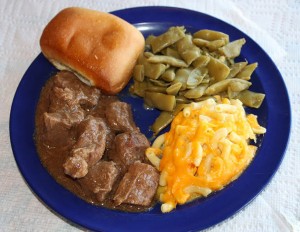 |
 Just A Taste
Just A Taste 
Salad Bar, Breakfast, Lunch, Dinner, Fried Chicken, Chocolate Cake, Yellow Cake with Cream Cheese Icing, Homemade Cookies, Lemon Pie, Chocolate Pie, Berry Pie, Cobblers, Rice Pudding, Turkey and Dressing, Hoe Cake, Pot Roast, Seafood, Rutabaga, Grits, Okra, Greens, Macaroni and Cheese, and Black-Eye Peas
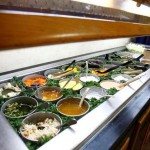
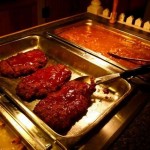
-150x150.jpg)
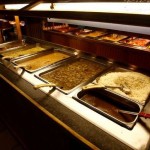

-150x150.jpg)
-150x150.jpg)

 Specialties
Specialties 
Whole pies, Home cooking, Family Dining, Affordable Dining, Southern Food, American Food
-300x199.jpg)
 Hoecake
Hoecake 
Myth #26: The term “Hoe Cake” refers to the way slaves cooked cornbread in the fields with a hoe.
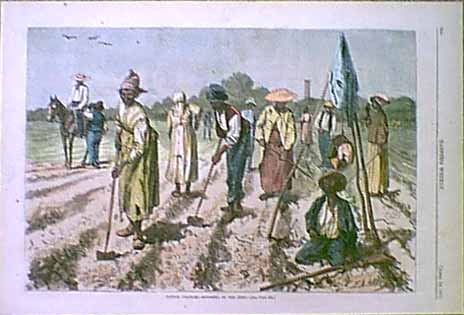 |
A reader who volunteers at a historical site writes, “A common statement made by docents is that the cornmeal cakes eaten by slaves are called hoecakes because slaves used their hoes as baking implements when they were out in the fields working. This, however, implies that fires were kept burning in the tobacco fields in order for this cooking to take place. Clarify, please.”
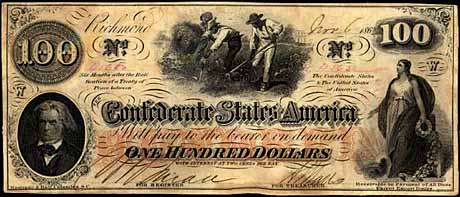 |
Not a myth–this statement is true. Hoe cakes were cornbread fried in fat or, as the name suggests, cooked over a fire on a large, flat hoe. That doesn’t mean fires were kept burning in the fields, however. Fields were often located far from the slave quarters and rather than trudge back for the noon meal, it must often have been easier to build a small fire at the edge of a field, cook some cornbread, and find a piece of shade to rest and eat. Hoes were flat iron tools and could easily double as a griddle.
According to the Oxford English Dictionary, the term first appears in printed form in 1745. Washington Irving mentions hoe cakes at least twice in his satirical History of New-York (1809): “ . . . the enemy, who were represented as a gigantic, gunpowder race of men, who lived on hoe cakes and bacon, drank mint juleps and apple toddy, and were exceedingly expert at boxing, biting, gouging, tar and feathering, and a variety of other athletic accomplishments, which they had borrowed from their cousins German and prototypes the Virginians, to whom they have ever borne considerable resemblance.”
From History Myths Debunked 19 April, 2011







